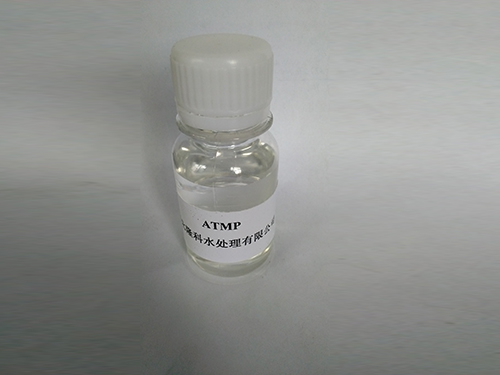polyacrylamide production
The Production of Polyacrylamide An Overview
Polyacrylamide (PAM) has emerged as a pivotal material in various industrial applications, including water treatment, soil conditioning, and in the production of cosmetics and paper. This versatile synthetic polymer is derived from the polymerization of acrylamide monomers and is known for its excellent properties such as high water absorption, biocompatibility, and viscosity modulation. Understanding the production process of polyacrylamide is crucial for optimizing its applications and improving efficiency.
The production of polyacrylamide begins with the synthesis of acrylamide, a colorless, odorless solid that is soluble in water. The key to large-scale production is the polymerization process, which can be achieved through several methods, including free radical polymerization, solution polymerization, and emulsion polymerization. Among these, free radical polymerization is the most widely utilized due to its simplicity and effectiveness.
In the free radical polymerization process, acrylamide monomers are first mixed with suitable initiators, such as potassium per sulfate or ammonium persulfate, which generate free radicals. These free radicals initiate the polymerization reaction, leading to the formation of polyacrylamide chains. Various conditions, such as temperature and pH, are carefully controlled to ensure efficient polymer formation and to minimize side reactions that might lead to the production of unwanted byproducts.
polyacrylamide production

After the polymerization process, the resulting polyacrylamide can take several forms – from a white powder to a viscous liquid. The choice of form largely depends on the intended application. For instance, in water treatment processes, polyacrylamide is often utilized in its powdered form, while in agricultural applications, it may be used in a gel-like state to enhance soil moisture retention.
Another significant aspect of polyacrylamide production is the incorporation of different additives to impart specific properties. For instance, modifying the polymer’s molecular weight can affect its flow characteristics, while introducing functional groups can enhance its biodegradability. Special attention is given to producing cationic, anionic, or non-ionic polyacrylamide variants, tailored to meet the diverse needs of specific industries.
Environmental concerns associated with acrylamide, a neurotoxin and potential carcinogen, have sparked rigorous safety regulations in its production and use. Manufacturers are mandated to follow strict guidelines to ensure that the emissions from polyacrylamide production do not exceed safe limits and that waste products are treated appropriately.
In conclusion, the production of polyacrylamide is a multifaceted process involving careful choice of materials, controlled polymerization techniques, and adherence to environmental safety standards. As industries continue to expand their reliance on this versatile polymer, innovations in polyacrylamide production methods and formulations are likely to emerge, enhancing its utility across various sectors. The ongoing development in this field not only aims to meet growing industrial demands but also strives for sustainability and safety in chemical manufacturing practices.
-
Water Treatment with Flocculant Water TreatmentNewsJun.12,2025
-
Polymaleic AnhydrideNewsJun.12,2025
-
Polyaspartic AcidNewsJun.12,2025
-
Enhance Industrial Processes with IsothiazolinonesNewsJun.12,2025
-
Enhance Industrial Processes with PBTCA SolutionsNewsJun.12,2025
-
Dodecyldimethylbenzylammonium Chloride SolutionsNewsJun.12,2025





